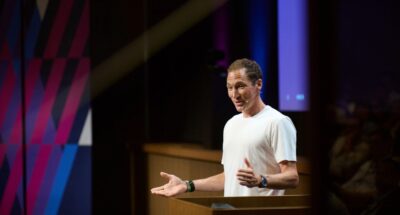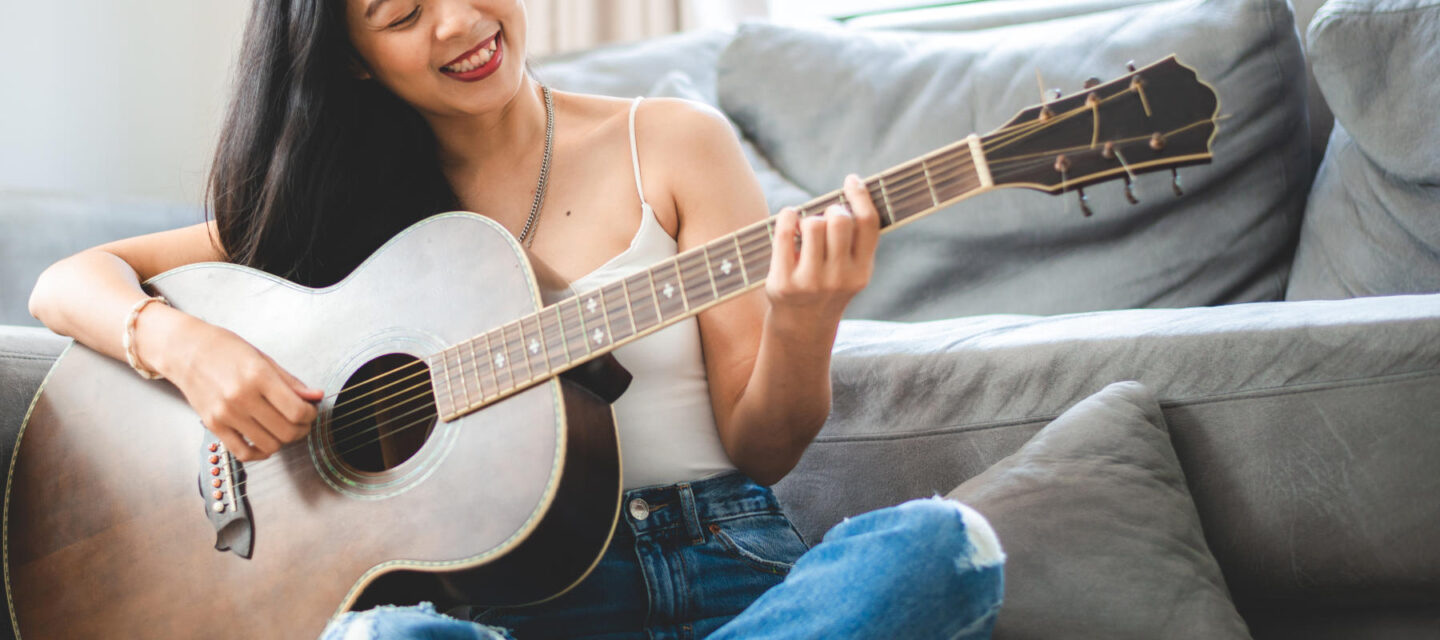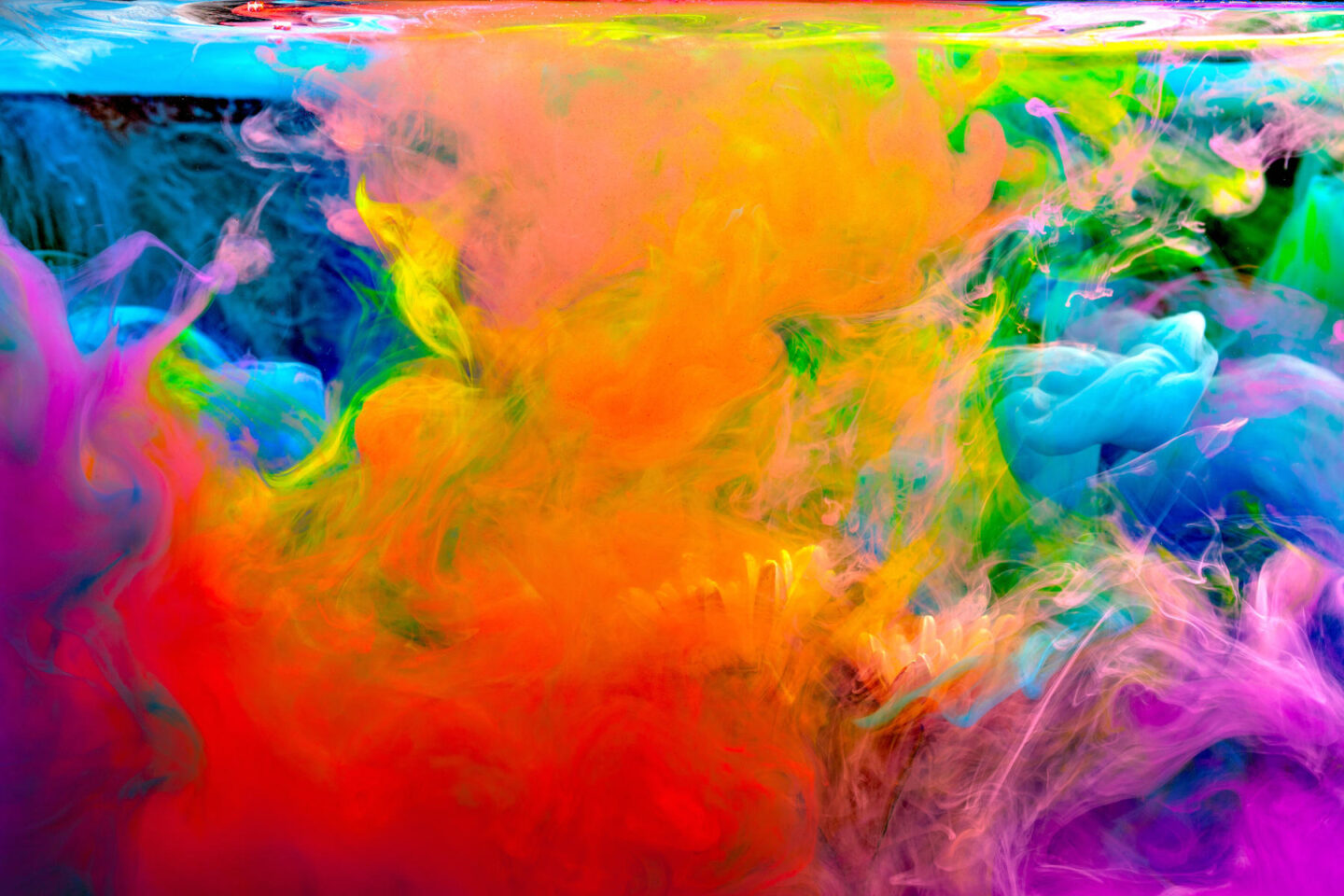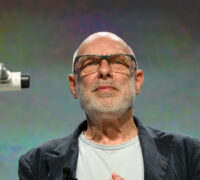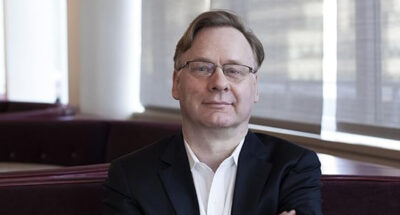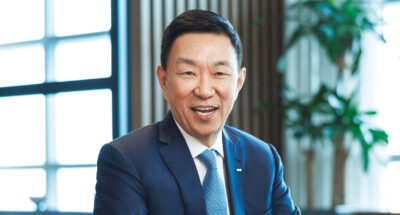Art is how we define ourselves
It’s clear how this works in narrative forms like books and films, but what about non-narrative art forms? Bracelets, cardigans: How do they communicate to us? What’s happening when we look at those? A haircut is an example of an artwork we all have. Why do we bother thinking about our hair? A haircut offers some vision of yourself: “I want to know what it would feel like to be this kind of person.” A haircut is a complicated and meaningful artwork. It sits on many different axes of possibilities: cool to wild, radical to conforming, funny to serious, sharp to soft, contrived to natural.
When you’re making a haircut choice, you might not articulate it but you’re navigating a multidimensional space. We read those spaces very well. From blatant signals such as a Trump baseball cap to the kind of glasses you wear (thick frames nowadays if you want to be taken seriously), we live in a world of signs, and they are all about positioning ourselves in relation to the world: who we might be and how we want to live.
Meaning, however, is always dependent on context. Objects have meaning related to previous objects within your experience. Art presents you with a world. It might be huge, like War and Peace, or it might be tiny, like an earring. It says: “How do you feel about this?”
In fiction, you know the states of mind of the characters, so you can make a hypothesis. And because you don’t actually know them as human beings, you can say anything you like about them. You can be unkind about them and no one gets hurt.
Art synchronizes a civilization. It gives us a way of knowing we’re in step with each other. A million years ago, all human beings were generalists – they hunted, foraged, built shelters. Nowadays, none of us know how to do any of those things. We’re specialists. I know how to make records. That would not enable me to survive unless I was able to call on the talents of hundreds of other people who knew how to make chairs, farm milk, or build water pipes.
We don’t know about most of the technologies in our lives, but we trust that someone else does. We’ve found a way of smoothing over all of our differences. The human brain has shrunk in size by 15% in the last 10,000 to 12,000 years. Our brains are getting smaller because they are better connected. We use the products of each other’s brains. We are the most interwoven that humans have ever been. Which is paradoxical, considering what a mess we are making.
